Google's decision to discontinue support for older Nest thermostats has set off a firestorm in the smart home community. On October 25, 2025, Google terminated software updates and cloud connectivity for first and second-generation Nest Learning Thermostats, according to multiple tech outlets. These devices, which originally launched in 2011 (1st gen), 2012 (2nd gen), and the European 2nd-gen variant in 2014, have been stripped of their smart features and now function only as basic manual thermostats, as reported by Android Police. The gut punch, as many see it, is simple: Google cut off the smart features, this has raised concerns that historical usage data may remain on Google's systems; Google's privacy and retention docs explain what it keeps and for how long, but they do not state explicitly how or whether that historical thermostat data will be used after devices are unpaired.
The broader implications for smart home trust
Google's Nest decision fits a broader pattern. The company has a history of shutting down products and services, including Google Reader, Google+, and Stadia, PCMag UK notes. Connected device functionality depends on corporate servers and continued investment, AT&T Yahoo observes. When resources shift to newer products, older hardware loses cloud-dependent features, according to the same analysis.
The risk is not hypothetical. Every internet-connected device can eventually lose connectivity and smart features, AT&T Yahoo warns. People who paid premium prices for early tech end up with expensive manual controls, a reminder that connected purchases carry a built-in gamble, the same source confirms.
This discontinuation lays out a blunt rule: the rule remains simple, assume anything connected to the internet will eventually go dark. Trust gets shaky when manufacturers can collect years of usage data and then walk away, leaving customers with hollowed-out devices.
What this means for your smart home strategy
The Nest thermostat moment offers practical lessons for anyone building a smart home, especially around vendor lock-in and long-term viability. Google offered discounted upgrades, $130 off in the US and 50 percent off alternative devices in Europe, yet many users still ask why they should trust the same company that just pulled support, Yahoo Tech reports.
The affected devices actually lasted a long time for connected products, operating 11 to 14 years with regular updates and app migrations, Ars Technica notes. That longevity makes the decision more unsettling, not less, if hardware this successful can lose support, no connected device feels safe from corporate abandonment. Plan accordingly, Digital Trends observes.
Let's break it down: prioritize devices with local control, strong community support, and clear long-term support policies. The rise of projects like "No Longer Evil" shows the value of open-source options when official support ends. Most importantly, bake potential obsolescence into your buying decisions and resist paying premiums for cloud-only features that could vanish without warning.
PRO TIP: If you want smart functionality that lasts, look for devices that can operate independently of cloud services, consider companies with better track records for long-term support, and remember that the smart in smart home often depends on someone else's servers staying online, something that is never guaranteed forever.









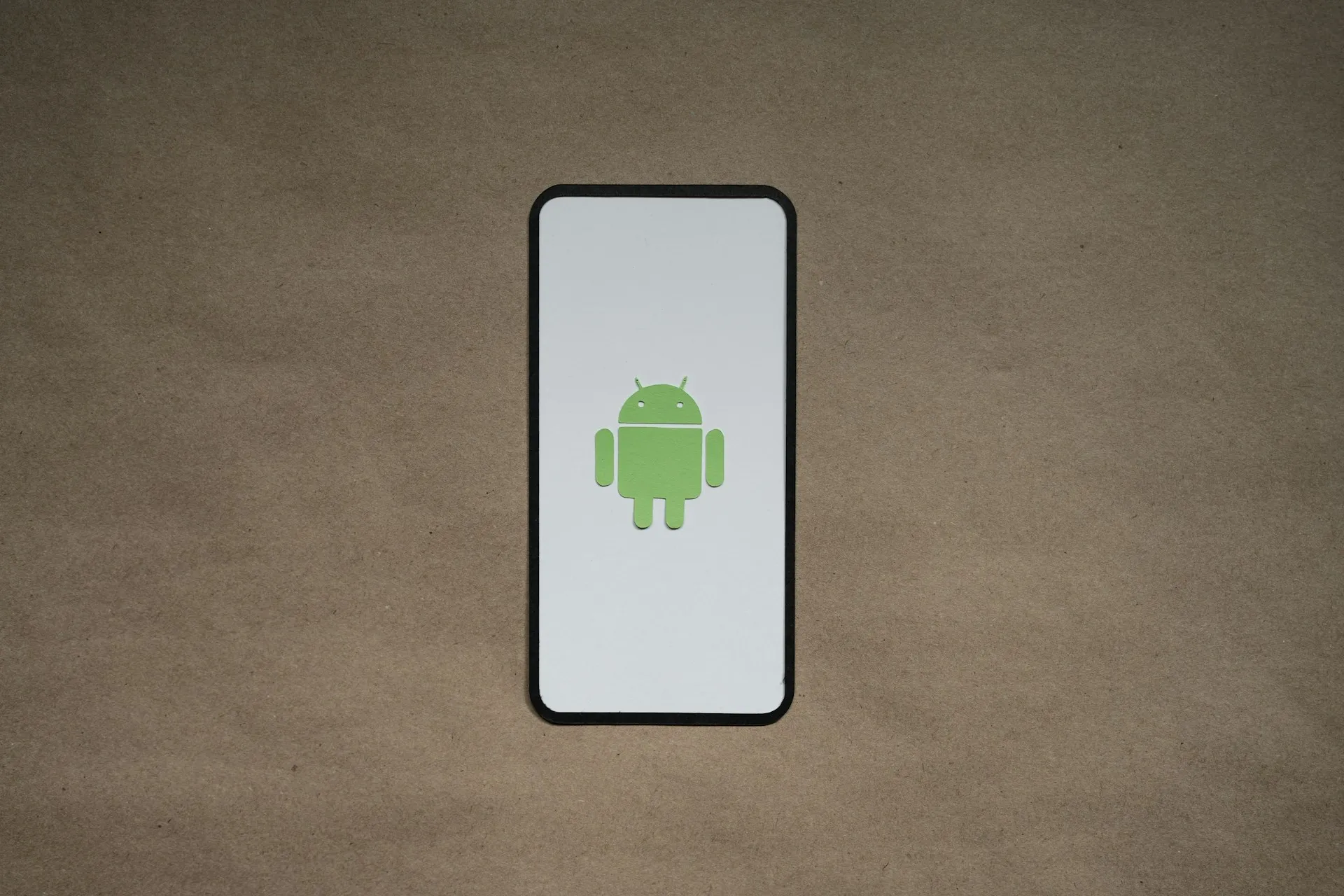

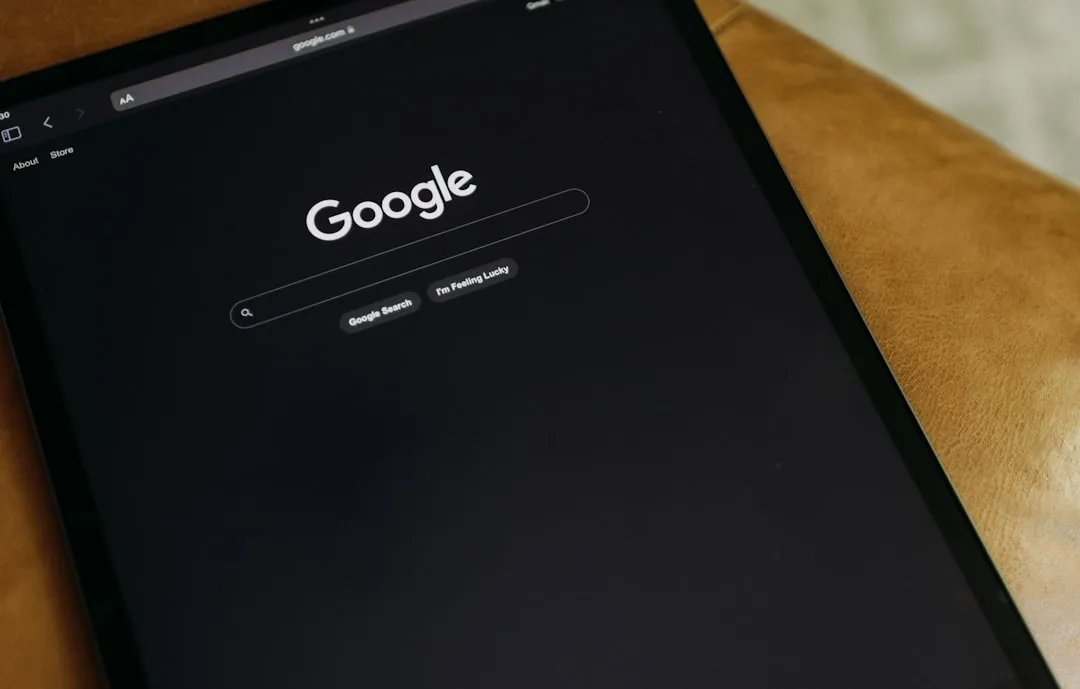
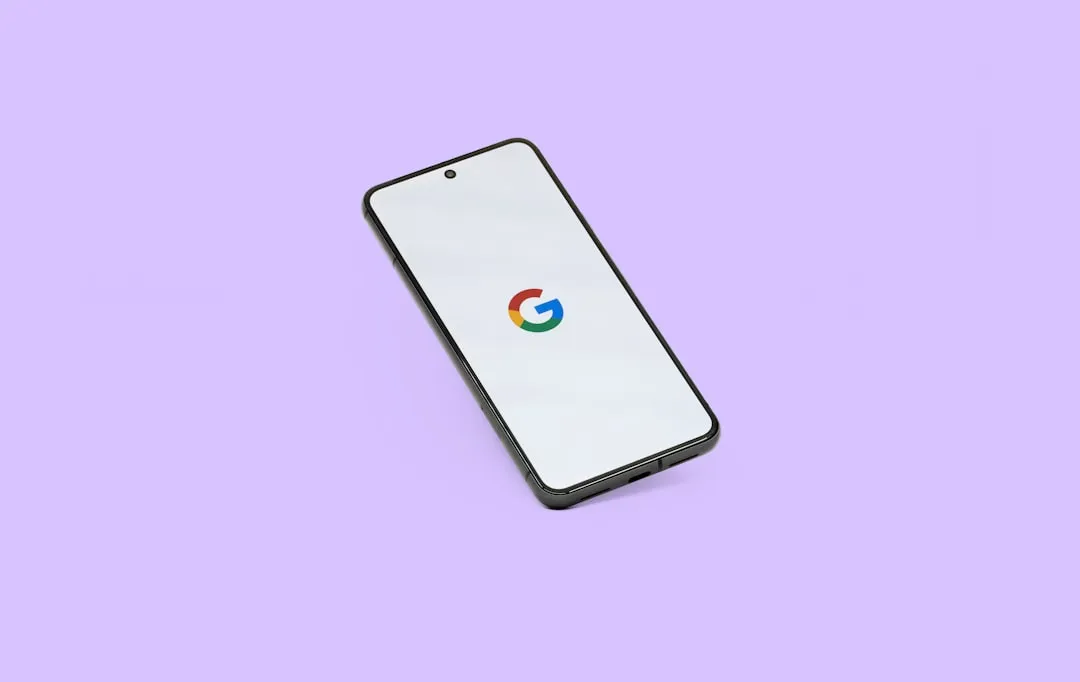



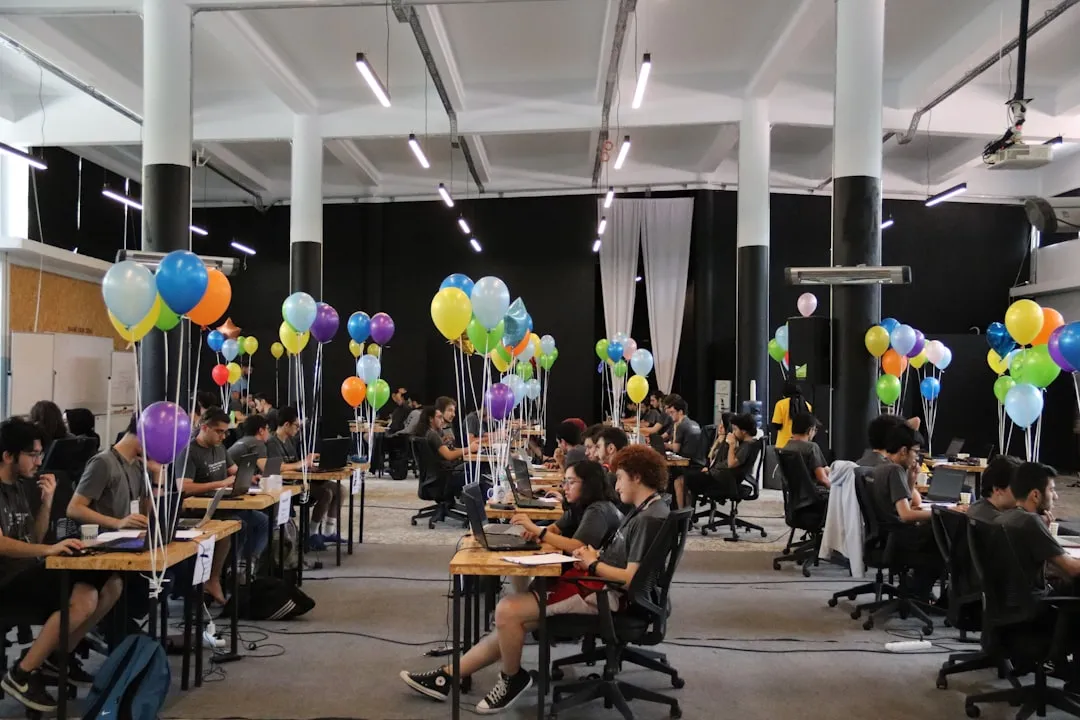

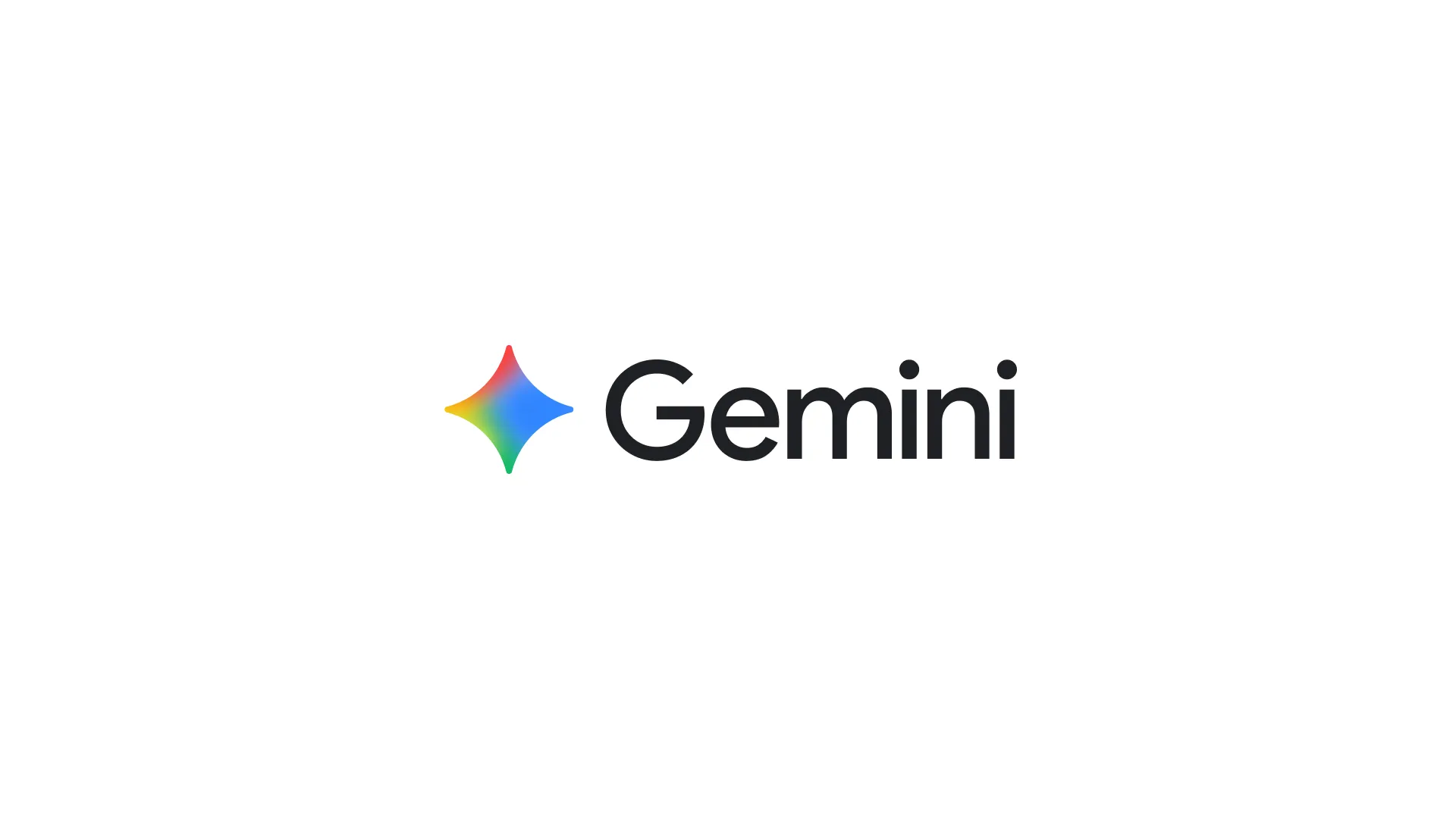




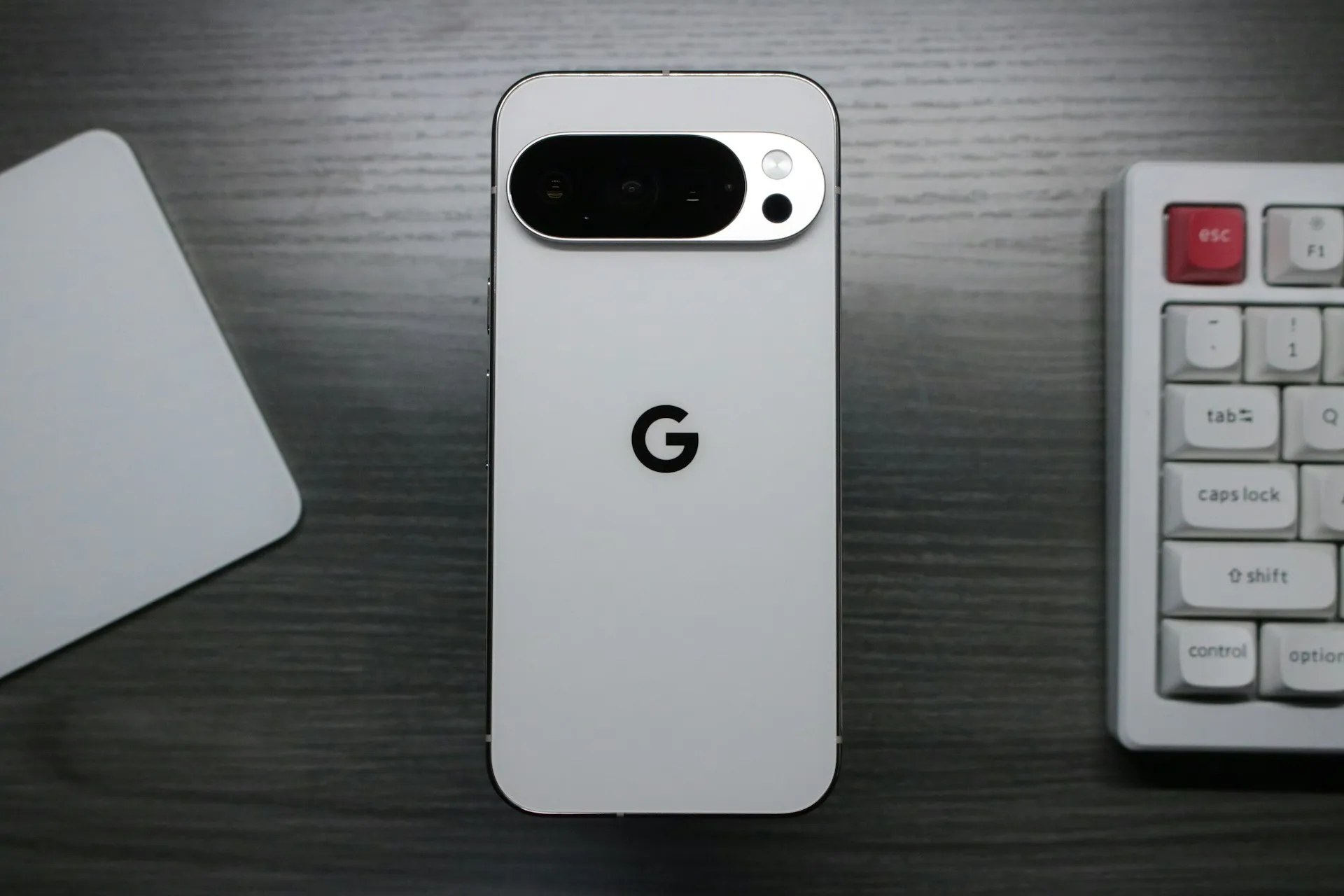
Comments
Be the first, drop a comment!